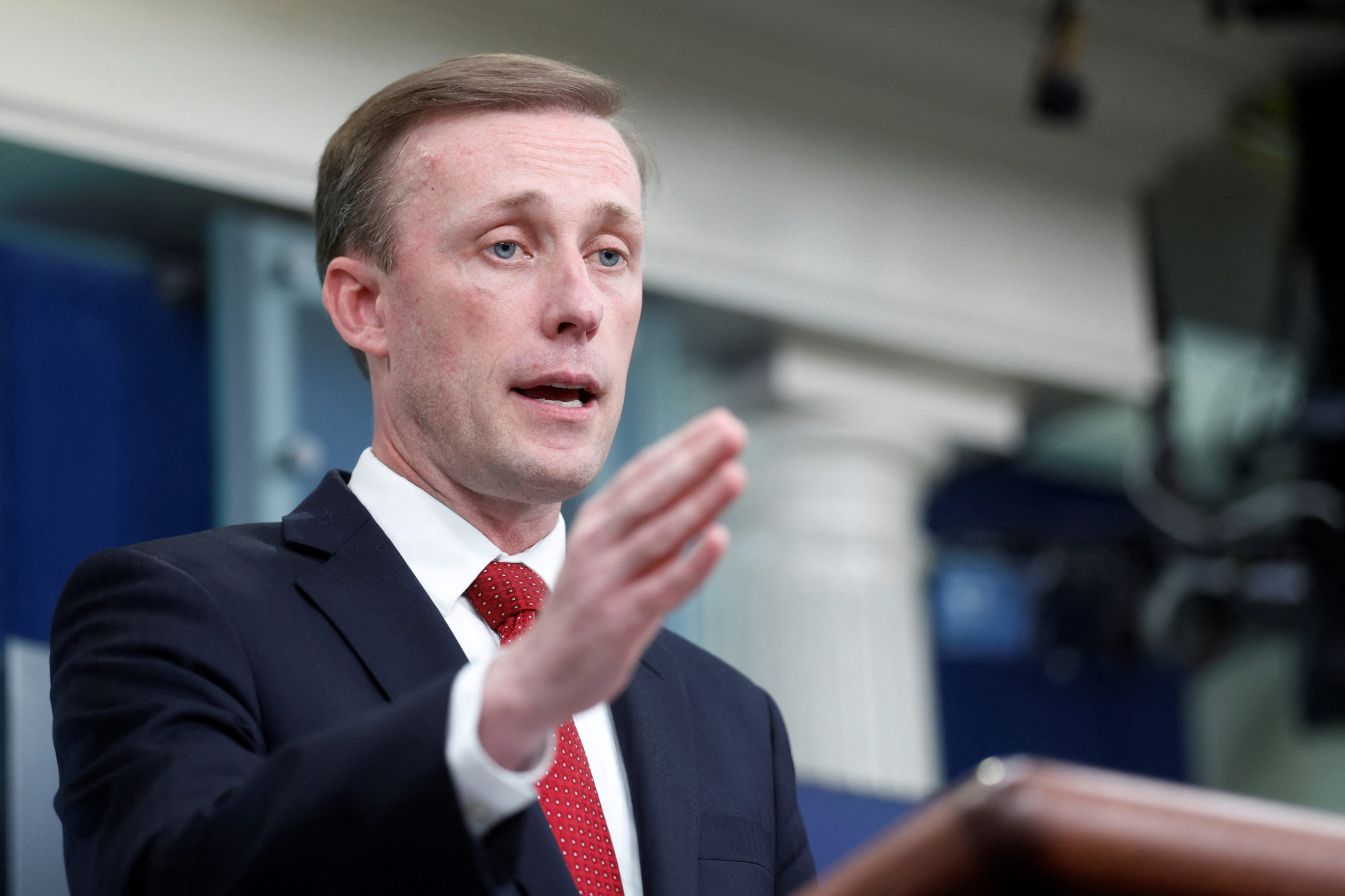The Arctic gets more attention in Biden’s first national security strategy
The Arctic sections of the new strategy include two themes that echo through the rest of it — the challenges posed by geopolitics and climate change.

The Biden administration launched its first national security strategy on Wednesday, with a focus on the Arctic that hasn’t been seen in decades, experts say.
The focus on security — the top priority in the Arctic strategy released last week — moves beyond only militarization to prioritize security concerns such as infrastructure improvements, disaster preparedness and climate resilience.
“This is unprecedented — we haven’t seen mention of the Arctic in the national security strategy like this,” said Troy Bouffard, director of the Center for Arctic Security and Resilience and faculty at the University of Alaska Fairbanks.
It’s a “a significant step toward recognizing that the Arctic has not just growing importance but enduring importance for the United States,” said Mike Sfraga, chair of the U.S. Arctic Research Commission.
Including Arctic provisions in the national strategy will help move concrete action forward by lending weight to the funding requests that federal agencies active in the region present to Congress, both Bouffard and Sfraga said.
“The national security strategy is the seminal document that provides national guidance that must be implemented,” Bouffard said.
Agencies will now figure out which parts of the strategy are their responsibilities and may then go to Congress with funding requests based on these new mandates.
“When the nation’s security is discussed, it needs to be properly resourced,” Sfraga said. “If you don’t have the appropriation, the resources to advance a strategy, then it’s just a document that sits on a shelf somewhere.”
[New U.S. Arctic strategy focuses on geopolitical rivalries and climate change]
The new strategy maintains a strong focus on climate change and geopolitical challenges, especially around China, and that includes the portion that specifically addresses the Arctic.
Climate change, including Arctic ice melt, is “the greatest and potentially existential” problem facing all nations, the strategy says.
“The climate crisis is the greatest of all the shared threats that we face,” Jake Sullivan, national security advisor to President Joe Biden, said at an event about the new strategy on Wednesday.
In the Arctic, climate change is both an immediate concern and the opportunity for more activity in the region — changes can make economic activity more feasible, but also allow geopolitical tensions from elsewhere to encroach on the region.
The White House vows to address and plan for climate change, including reducing emissions and increasing research cooperation across the Arctic.
China has ramped up scientific activities that have “dual-use research with intelligence or military applications,” the strategy said. And Chinese warships were spotted in formation with Russian naval vessels off the coast of Alaska last month.
Russia’s increased capacity and abilities in the Arctic also feature prominently, in addition to the global fallout from its invasion of Ukraine.
One of the Biden administration’s successes was to “shepherd” Sweden and Finland toward NATO accession after Russia’s invasion, Sullivan said.
Much of the new national security strategy repeats the same priorities laid out in the Arctic-specific policy published last week.
The U.S. plans to improve maritime domain awareness, communications, disaster response capabilities, and icebreaking capacity, the new strategy says. Although the Arctic strategy outlined the need for a “persistent” presence in the Arctic, the national security strategy instead says the nation will maintain a presence there “as required” while also working to reduce risk and prevent escalation.
The strategy also envisions better cooperation with allies in the region — including within the Arctic Council, despite the tensions caused by Russia’s invasion of Ukraine, which prompted the council to temporarily pause its work and then resume limited cooperation with the seven nations other than Russia.
And it focuses on softer security issues, including investing in infrastructure, improving livelihoods, and encouraging responsible investment, including in critical minerals.
“These are things we’ve never seen before,” Bouffard said. Previously, national security focused mainly on North American defense and homeland defense, he said. “This is a whole new range of concerns.”
Among the new concerns is the importance of Arctic Indigenous leadership, although it uses phrases like “consultation and collaboration” with Alaska Native communities without including the language of co-management or the co-production of knowledge — a notable change in the Arctic strategy.
“Security has a broader definition when you think about it in the context of people that live in a particular region,” Sfraga said.
“Yes, indeed, we are a superpower, but we can also be a superpower in other aspects of security, ensuring that the people of the North have access to clean water, reliable electricity — that’s community security. Subsistence ways of life that are enduring and must be enduring — those are important to the security of communities.”